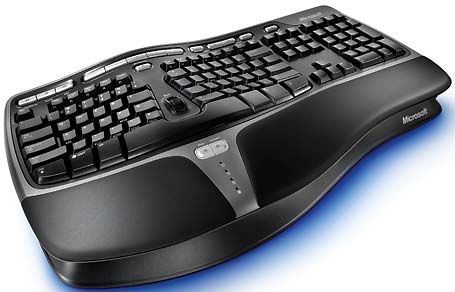Modulation
Modulation is the addition of information to an electronic or optical signal carrier with a modulation signal which typically contains information to be transmitted. For most of the radio or telecommunication, modulation is the process of conveying a message signal.
Demodulation
A demodulation is the conversion of a modulated carrier wave into a current equivalent to the original signal which also called detection. A demodulator is an electronic circuit that is used to recover the information content from the modulated carrier wave.
Bandwidth
In computer networks, bandwidth is used as a synonym for data transfer rate. Besides that, bandwidth also refers to how much data you can send through a network or modem connection. It usually expressed in bits per second.
TCP/IP
TCP/IP short for Transmission Control Protocol/Internet Protocol. It is the basic communication language or protocol of the Internet. TCP/IP uses several protocols, the two main ones being TCP and IP. Even networking operation systems that have their own protocols, such as Netware, also support TCP/IP.
Node
In a network, a node is a connection point, either a redistribution point or an end point or data transmissions. A node can also refer to a leaf, which is a folder or file on a hard disk.
Client
A client is the requesting program or user in a client or server relationship. The term was first applied to devices that were not capable of running their own stand-alone programs, but interact with the remote computers via a network.
Server
A server is a computer or device on a network that manages network resources. When users connect to a server, they can access programs, files and other information from the server. A server could refer o the program that is managing resources rather than the entire computer.
Network Operating Systems
A network operating systems is a software that provides users with a variety of data communication service that includes special functions for connecting computers and devices into a local-are network (LAN).
Network Administrator
A network administrator is a person who manages a local area communications network (LAN) or a wide are network (WAN) for an organization. The network administrator will concentrate on the overall integrity of the network, server development, security and ensuring the network connectivity.
























































